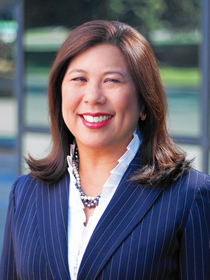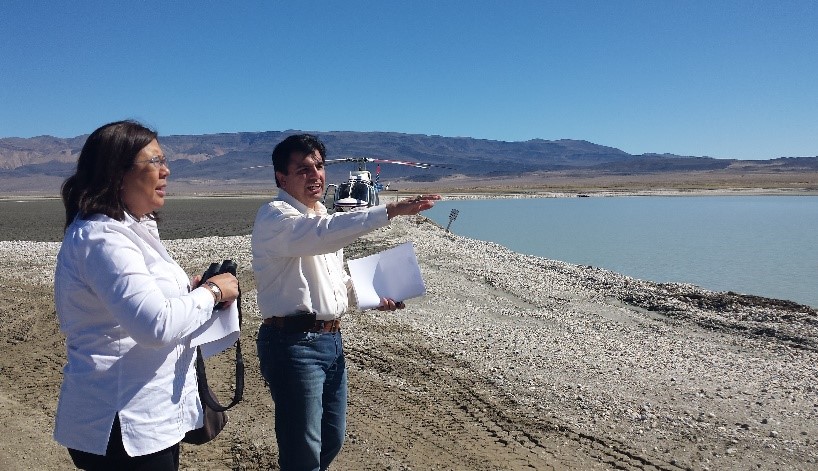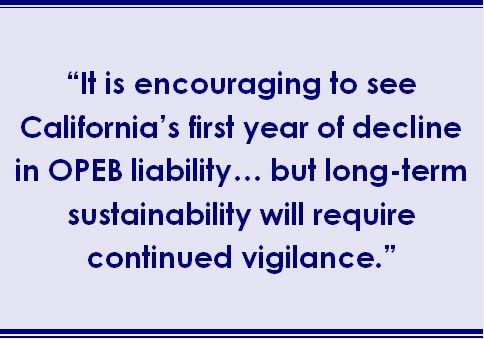You can also view this newsletter as a PDF.

Navigating California’s Complex Water Supply Chain

California’s water management always has been challenging and complicated. Like much of the state’s infrastructure, above-ground storage is aging, groundwater basins are becoming depleted, wells are going dry, and lands are sinking.
Climate change is further stressing the state’s water supply system by warming temperatures, shrinking snowpack, and creating shorter and more intense storm systems and more frequent droughts and wet years.
Some areas of the state have depended at least partially on reclaimed or reused water, desalination, and restrictions in water use by individuals and industry. We have gone from the days of low-flow toilets and showerheads to iPad-controlled agricultural water delivery systems.
There are problems with each of these practices, ranging from difficulties in sustaining water- use restrictions, to the lack of an effective desalination program to scale plants based on population needs, to the varying costs of each of these efforts.
More than 1,500 local water districts control water use and development, some better funded than others. A system of water entitlement going back generations determines who has the right to the water and therefore the control to set priorities. There is ongoing competition between urban and agricultural uses. All of these hinder the ability to make difficult decisions.
For several decades, Californians have approved bond funding to help expand watershed protection, storage systems, and demand-management programs. The state has not provided money to help communities operate better water systems in the Central Valley, where a number of smaller, low-income communities pay for expensive new systems with loans and grants but cannot generate the revenue to operate those systems. The governor and the legislature are considering a small tax on water use to provide funding to those communities.
We have cleaned up the Salton Sea. We have not cleaned up the water pollution that comes from Mexico and negatively affects areas like the New River and the Tijuana River Valley. These are our state’s Flint, Michigan.
According to the Public Policy Institute of California (PPIC), our state’s water system has annual expenditures that exceed $30 billion. While much of the system is funded, there are crucial areas that need attention: regulatory standards, infrastructure stability, small rural systems with insufficient revenues to provide basic services, flood protection, and stormwater management. Managing these issues has costs in the several billions annually.
California needs to develop a new water plan that prioritizes modern water management and investment, streamlines decision-making, and develop a sustainable water stewardship objective that guides all of the state’s water districts. It is time for more creative thinking and action. Perhaps California should consider a loading order for water use similar to the energy sector and put a price on water uses.
California needs a discussion about how in this era of climate change to prepare the state for a significant change in water supply. We need to talk about what kind of governance is most effective. We need to talk about the things we can no longer afford to do, such as growing particular crops that are too water-intensive. We need to make sure every Californian has access to potable water and determine how to pay for it.
Controller Yee Updates State Retiree Health Care Liability
The state’s net liability for retiree health and dental benefits has gone down to $85.59 billion, as incremental steps to meaningfully reduce this long-term government obligation begin to show results, according to a report published by State Controller Betty T. Yee. The liability represents the present-day cost to provide health and dental benefits to state retirees and their dependents earned as of June 30, 2018 – one of the state’s largest long-term liabilities. A year earlier, the state’s net liability for retiree health care, commonly known as Other Postemployment Benefits (OPEB), was $91.01 billion.
 Several factors contributed to the $5.42 billion decrease in California’s OPEB liability, including changes in the discount rate and health care claims experience. Changes to the discount rate, also known as the assumed rate of return, are based on a municipal bond index and the state’s prefunding policy. Favorable health care claims experience and plan design changes implemented by the California Public Employees’ Retirement System (CalPERS) were the largest factors in the decrease.
Several factors contributed to the $5.42 billion decrease in California’s OPEB liability, including changes in the discount rate and health care claims experience. Changes to the discount rate, also known as the assumed rate of return, are based on a municipal bond index and the state’s prefunding policy. Favorable health care claims experience and plan design changes implemented by the California Public Employees’ Retirement System (CalPERS) were the largest factors in the decrease.
“It is encouraging to see California’s first year of decline in OPEB liability, due in large part to effective management of health care costs by CalPERS,” said Controller Yee, the state’s chief fiscal officer and a board member of CalPERS and CalSTRS. “This is a step in the right direction, but long-term sustainability will require continued vigilance as we expect to see a significant increase in new retirees that will challenge these cost controls. Full membership participation in prefunding would go a long way toward extending this positive trend.”
Government retiree health care costs have increased dramatically in recent years. In 2001, the costs accounted for 0.6 percent of the state General Fund budget. This year, they totaled $2.25 billion, or about 1.6 percent of the 2018-19 budget.
In January 2010, California began entering into collective bargaining agreements to prefund retiree health care benefits. Prior to this, California covered retiree health care benefits strictly as costs came due. As of June 2018, 22 out of 25 membership groups, or approximately 78 percent of active covered members, had entered into prefunding agreements. By 2046, it is estimated the state will be 100 percent caught up in funding the pay-as-you-go “legacy liability” and retiree benefit claims will begin to be paid from the California Employers’ Retiree Benefit Trust Fund rather than the General Fund.